How to Take Care of Your Pressure Canner
Pressure canners are an essential piece of equipment for preppers because they allow you to preserve food without using chemicals or additives. Not only that, but canned food lasts for a few years and takes up very little space. However, there is a certain level of care that goes into using and maintaining your pressure canner.
When using a pressure canner, always follow the National Center for Home Food Preservation!
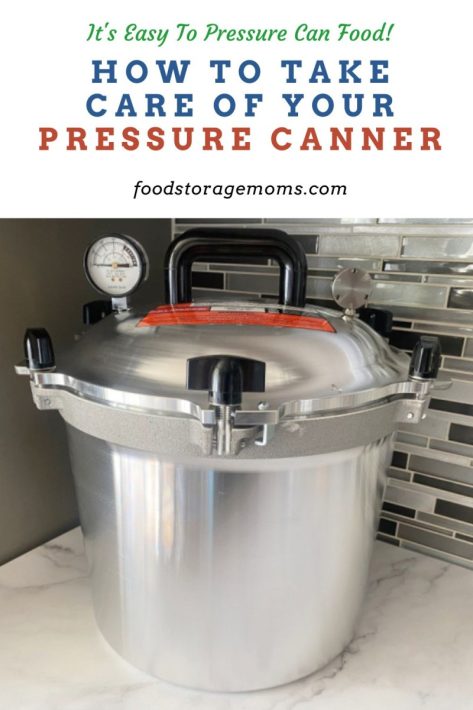
These are the ONLY 2 Canning Books I can Recommend
- USDA Canning and Preserving Guide or this USDA Canning Guide and Preserving Guide (both revised as of 2015)
- Ball Canning and Preserving Books (Spiral Bound Book)
My Favorite Canning Tools
- 23-Quart Presto Pressure Canner
- All American 921 Pressure Canner
- Ball® Secure-Grip Jar Lifter
- Prepworks by Progressive 3-Piece Canning Kit
Why You Need a Pressure Canner
If you love to cook, then you know the importance of having quality kitchen tools. Pressure cookers are an essential part of any well-equipped kitchen, and canners are no exception.
Canning is a great way to preserve food, and a pressure canner is the best way to ensure that your canned goods are safe to eat.
Pressure canners work by using steam to create pressure, which in turn heats the contents of the canner to a temperature that is hot enough to kill bacteria.
This process not only helps to preserve food but also ensures that it is free of harmful bacteria. While canning can be done without a pressure canner, using one is the safest and most effective way to ensure that your canned goods are safe to eat.
How to Take Care of Your Pressure Canner
How to Clean Your Pressure Canner
A pressure canner is an essential piece of equipment for any home canning enthusiast. Not only does it allow you to preserve food for later consumption, but it also helps to ensure that your food is safe to eat. However, pressure canners can be tricky to clean, and if not done properly, can lead to contamination of your food. Here are some tips for cleaning your pressure canner:
- Start by removing the lid and setting it aside. Then, empty out any water or food that may be inside the pot.
- Fill the pot with hot water and a little bit of dish soap. Use a scrub brush to clean the interior surfaces of the pot, taking care to pay attention to the seals and gaskets. All-American pressure canners do not have gaskets.
- Once you’ve scrubbed the pot, rinse it out thoroughly with hot water. Then, sterilize the pot by boiling a full pot of water inside it for 10 minutes.
- Be sure to also clean the pressure gauge and venturing rod. These can usually be cleaned with hot soapy water, but you may need to use vinegar or baking soda if there is build-up on them.
- Once everything is clean, dry the pot completely and reassemble it. Make sure that all of the seals and gaskets are in place before using them again.
How to Store a Pressure Canner
A pressure canner is a handy tool to have in the kitchen, but it’s important to store it properly to ensure that it remains in good condition.
Pressure canners should be stored in a cool, dark place, such as a pantry or cupboard. They should also be stored with the lid off so that air can circulate around the pot. If you have multiple pressure canners, make sure to label them clearly so that you know which one to use for which purpose.
Finally, always check the seals on your pressure canner before using it, to make sure that they are intact and functioning properly. By taking these simple precautions, you can keep your pressure canner in good condition for many years of use.
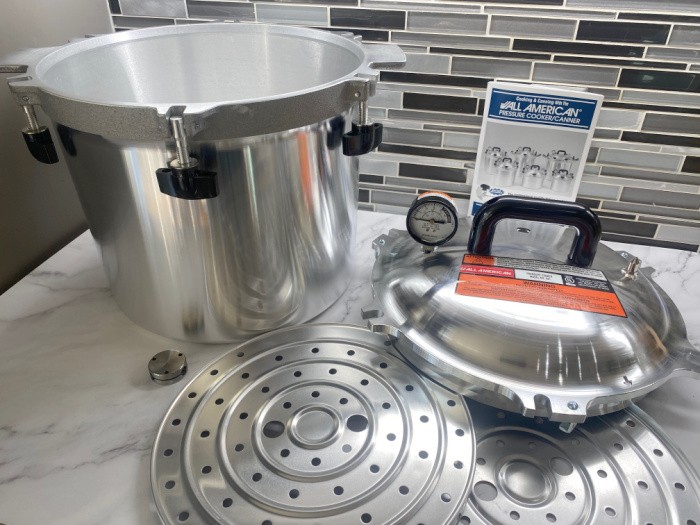
General Maintenance Tips
In addition to keeping your pressure canner clean and stored properly, there are a few general maintenance tips you should keep up with.
1. Vent Pipe
Before each use, you want to make sure the vent pipe is clear and free of debris. Hold the cover up to a light source and look through the pipe.
2. Air Vent/Cover Lock
You want to remove the air vent/cover lock for occasional cleaning. You will also need to occasionally replace the gasket. The gasket needs to be replaced when it becomes cracked or nicked. Please remember that an All-American pressure canner does not have a gasket.
3. Sealing Ring
After every single use, be sure to remove the sealing ring from the lid and allow it to dry. If it does not become dirty, you don’t need to clean it. Replace your sealing ring every 2-3 years or when the pressure canner is not building pressure. It also needs to be replaced if it has shrunk, become hard, cracked, or worn out.
All American pressure canners do not have a sealing ring, just so you know.
4. Pressure Dial Gauge
If you have a pressure dial gauge, you want to have it checked for accuracy before using your pressure canner. If it has been submerged in water, dropped, the lens is broken, points are rusty, or the pointer is not on zero, it should also be checked. You can take it to your county extension office for testing. I highly recommend having it checked at least once a year or more often if used more often than usual.
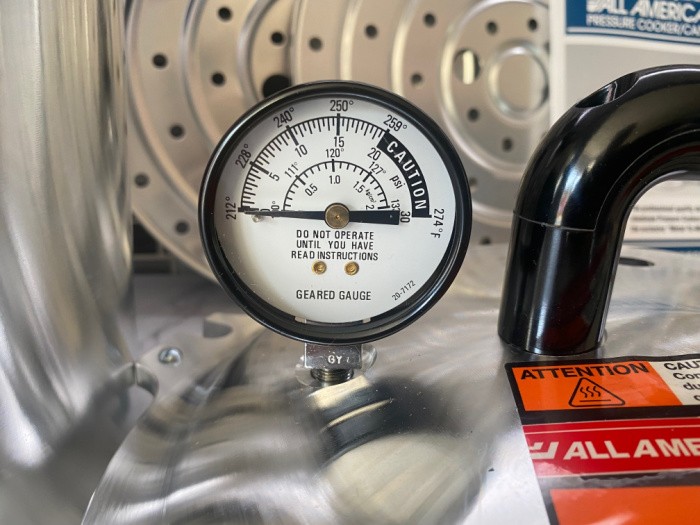
Pressure Regulator Weight (For All American Pressure Canners)
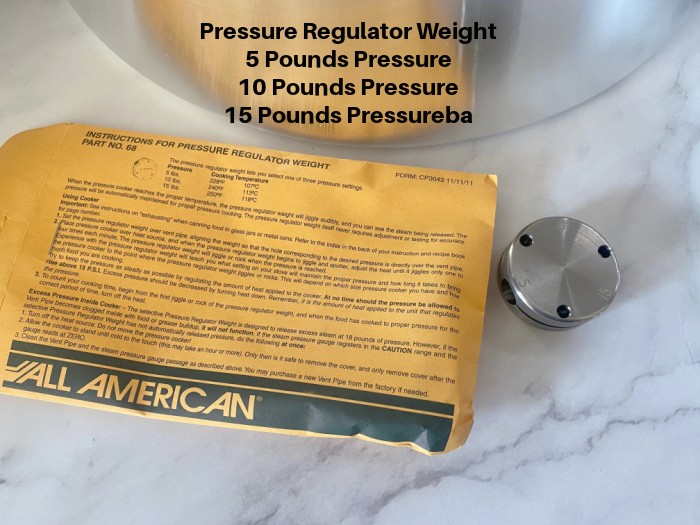
5, 10, or 15 Pounds of Pressure
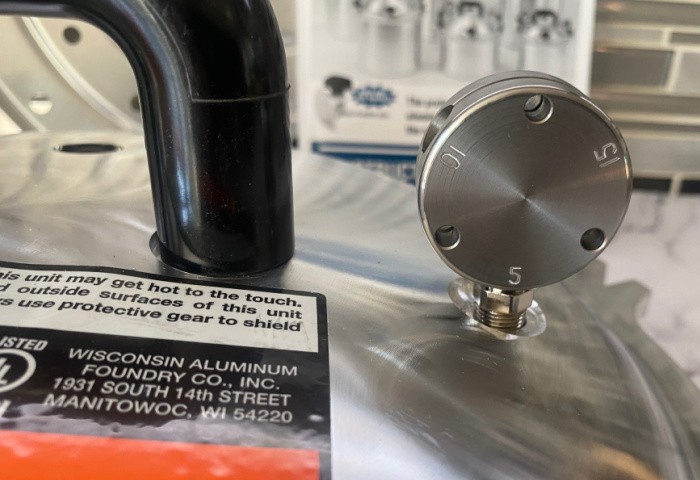
Presto Pressure Canner Maintenance
If you have a pressure canner from Presto, they recommend that you descale it every 5 to 6 years. You can do this by following the instructions in their manual.
To descale your pressure canner, fill it half full with a solution of 1 part vinegar to 4 parts water. Boil for 10 minutes, then let it sit overnight. In the morning, rinse it well and dry it completely before using it again.
It’s also a good idea to check the pressure regulator weight yearly to make sure it is functioning properly. You can do this by following the instructions in your Presto pressure canner manual.
How Long Should a Pressure Canner Last?
With proper care and maintenance, a pressure canner can last for many years. However, it is important to remember that pressure canners are made of metal, and over time they will start to corrode.
You should inspect your pressure canner regularly for signs of corrosion, such as rusting or pitting. If you see any corrosion, it’s important to take action to prevent it from spreading.
You can prevent corrosion by cleaning and drying your pressure canner after each use, and by storing it in a cool, dark place. You should also occasionally descale your pressure canner to remove any build-up of minerals.
By taking these simple precautions, you can keep your pressure canner in good condition for many years of use.
What is the Best Pressure Canner?
There are many different brands and models of pressure canners on the market, and it can be difficult to know which one to choose.
When selecting a pressure canner, you want to make sure that it is made from durable materials and designed for pressuring canning. You also want to make sure that it has a pressure gauge or pressure regulator to ensure safety.
No matter which pressure canner you choose, be sure to read the instructions carefully before using it. This will help you to use it safely and effectively. I can only recommend these two: 23-Quart Presto Pressure Canner and the All American 921 Pressure Canner because these are the only two I have personally used.
Final Word
Taking care of your pressure canner is important to ensure that it lasts for many years. By following these simple tips, you can keep your pressure canner in good condition and fully functioning.
Before you begin using your pressure canner, make sure you read my Home Canning Important Dos and Don’ts. May God Bless this world, Linda

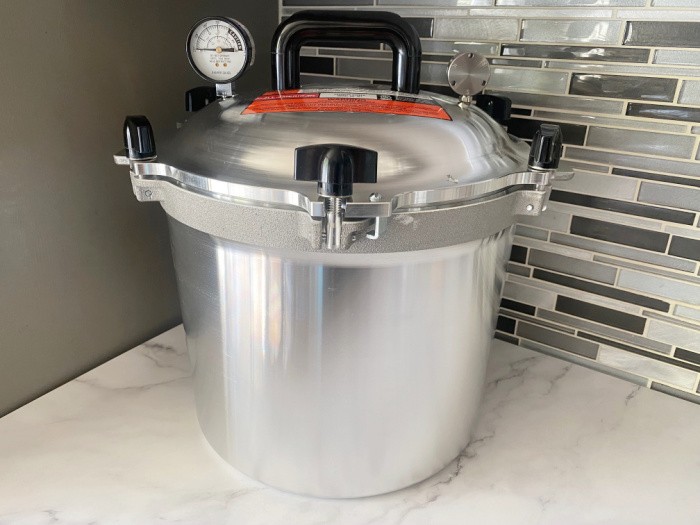

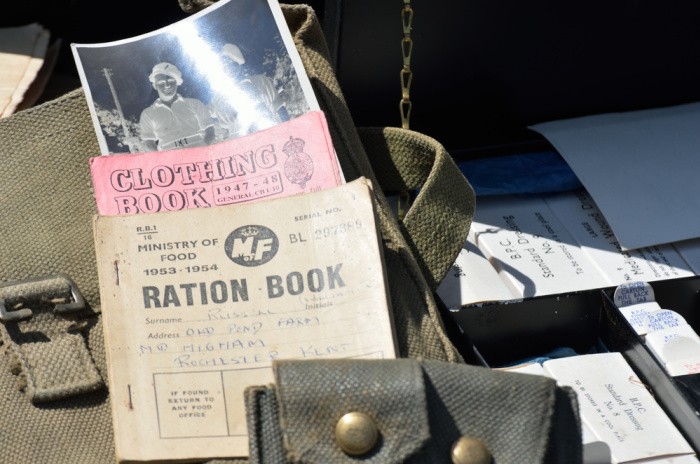

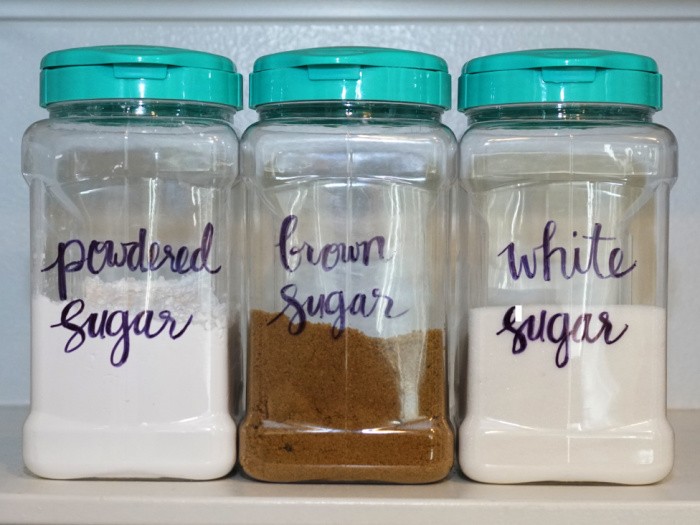
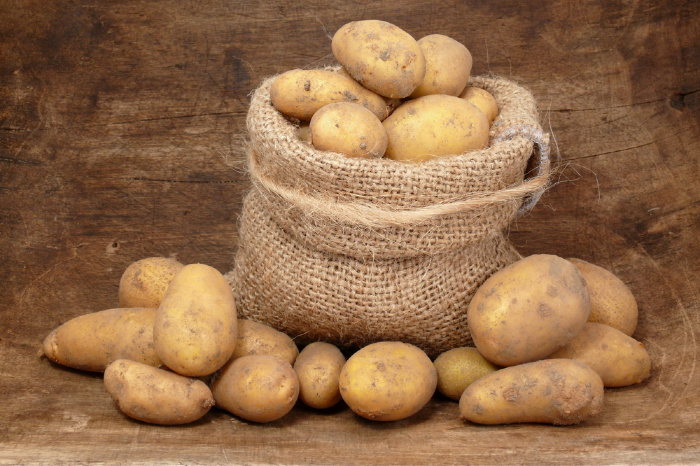
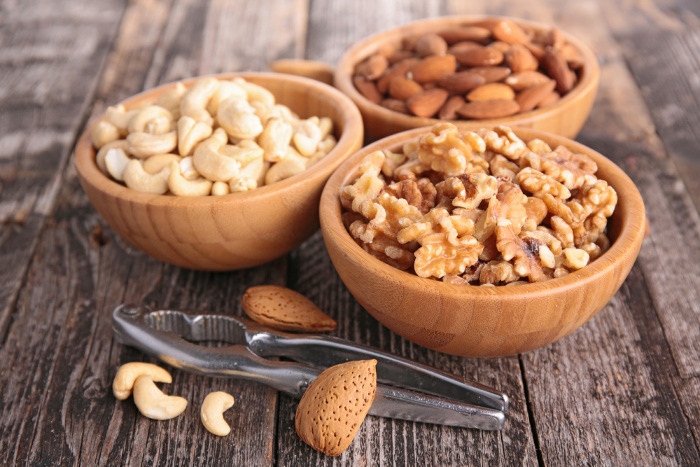

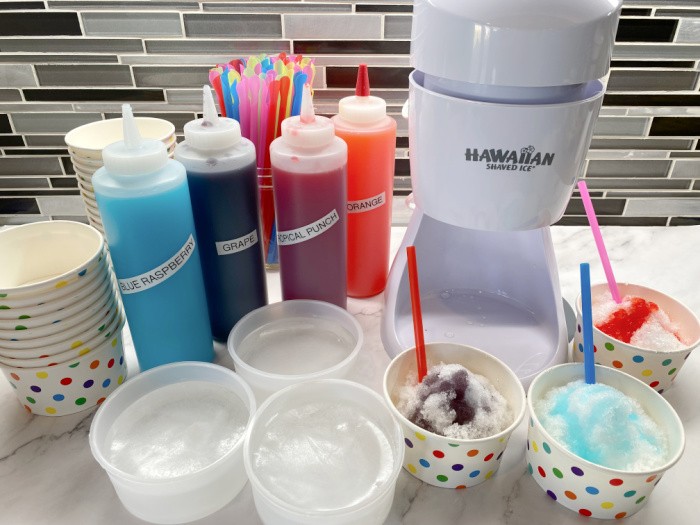

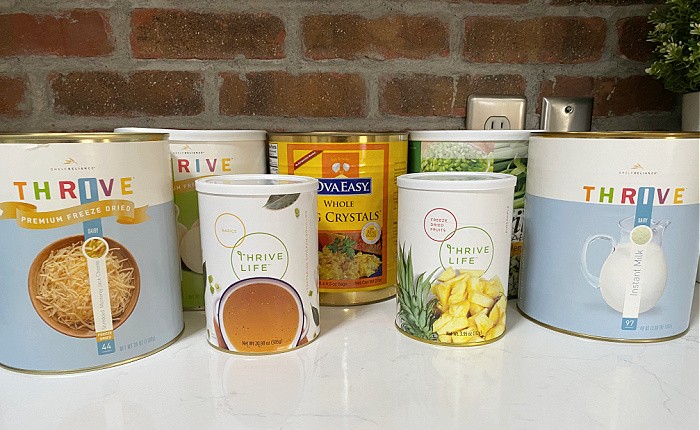


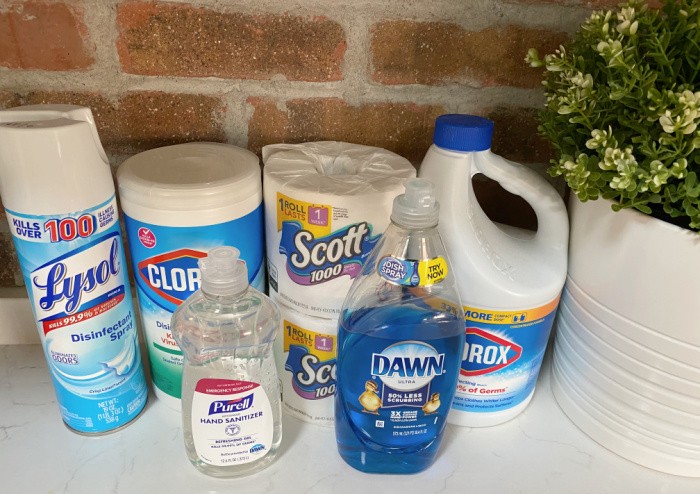
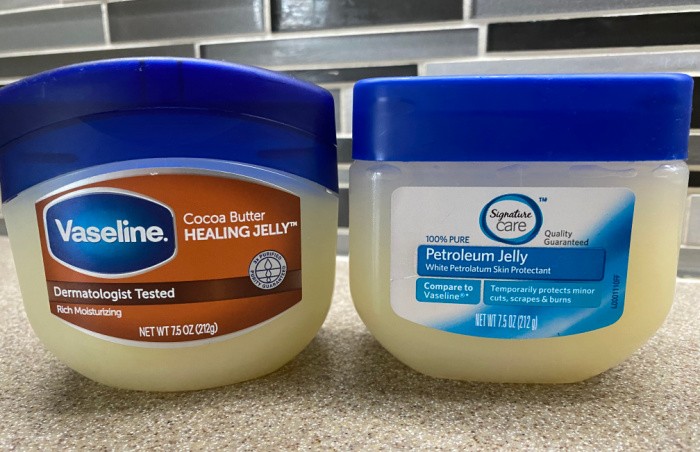
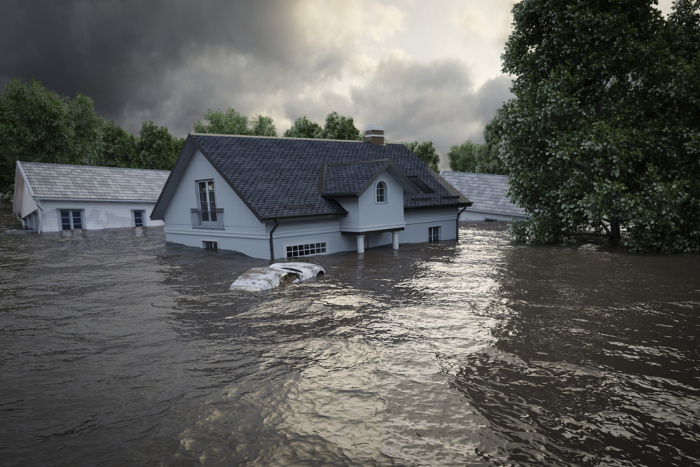

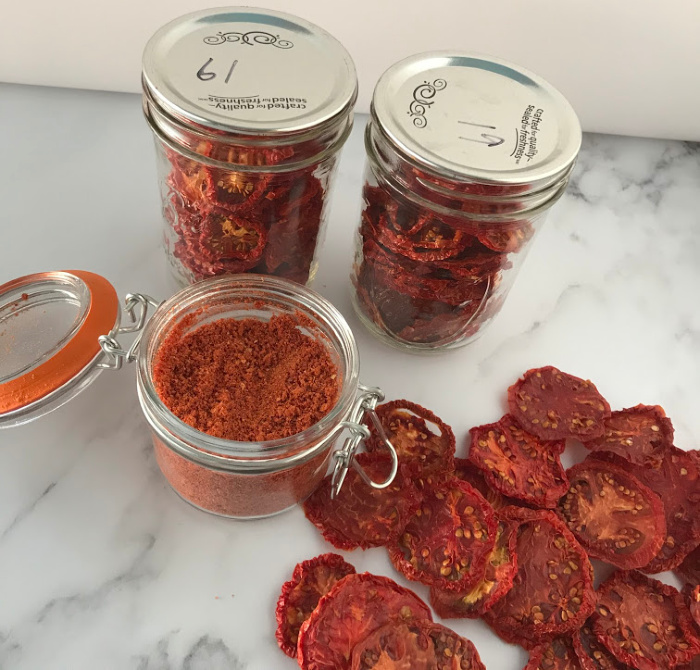
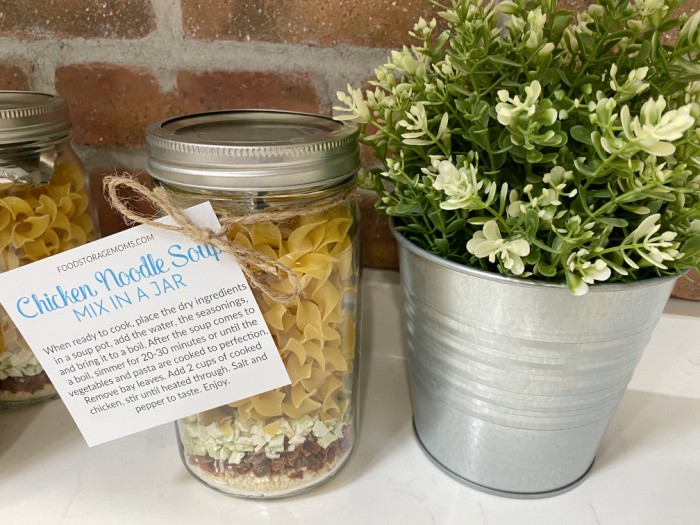


They are pretty simple but occasionally one will go bad. Thing to do is not become complacent
Hi Matt, I agree, keeping them clean and dry and getting the gauge checked the pressure canners will last a lifetime or pretty close! Linda
If your pressure canner is made of anything other than stainless steel, do not use baking soda to clean it. Baking soda will pit the metal, and cause damage over time.
Hi Michele, great reminder, I only wash with soapy water, great tip! Linda
Wow Your All American is so clean and shiny I would never let you see mine it is as clean as I can get it but I am a canner and have had this All American for many years and I do maintain a clean enviroment but it sure doesn’t look shiny and new for sure but I love mine a little tip sometimes I will rub my finger with olive oil around the top where the lid fits and I also rub a little oil around the top lip It’s just so that the lid fits easily and in place Just a little tip in case you hadn’t tried it I don’t do it all the time just occasionaly
Hi Debbie, keep in mind all of my “stuff” is in a storage unit waiting for me to build a house. I had to purchase a new one this year because there is no way I can find mine in a storage unit right now. We have been waiting for our home building plans and engineered plans for ten months now. We will be in our daughter’s house another year which is NOT what we had planned. But the city has never had something we are building approved in the city. It takes a lot of patience. Luckily our family gets along well. I like your tip about the olive oil on the lid!! Linda
Finally! I got around to reading this article. I’m not afraid of a little maintenance, but I think I would choose the All American pressure canner and purchase an extra pressure gauge. Doesn’t seem very hard if one is in the habit of keeping their appliances clean and in perfect working order.
I like the idea of buying supplies now and being prepared to be able to can food for a few years with little worry. I know jars last a long, long time unless they crack, but I imagine one has to stock at least double or triple the number of lids as jars. I’d appreciate your input and maybe a plan for what and how much to buy for a given amount of time.
I figure if we can manage to operate for 2 or 3 years that provides plenty of time to produce our own food and/or find others to buy from or barter with or until stores are open and stocked. So far I have jars, but some of the screw on lids rusted. I hope I can buy replacements for them to store dehydrated food. For canning, I have only about a dozen new jars (pint and 1/4 pint), but with no extra rings or lids…. but a canner is a future purchase and I’ll need to get some nice big jars (quart and gallon) when the time comes.
Hi Frank, just beware you cannot water bath or pressure can 1/2 gallon or gallon jars, it will not be safe. The heat cannot get through to the center of the jars. You can find jars here in Utah, but not lids, it’s been two years since I have seen any lids for canning. I am moving towards dehydrating since I cannot get lids at least for now. It’s frustrating. Check thrift stores for rings for your jars. Garage sales, possible??? Stock up where you can. Linda